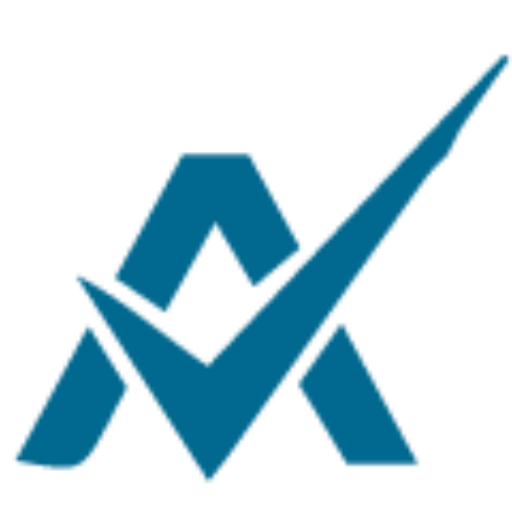Effective revenue cycle management is the foundation of any healthcare provider’s financial stability. It covers every step from registration of a new patient and their insurance verification all the way through final payment. As insurance policies and regulatory guidelines grow increasingly complex, practices can face mounting administrative challenges and delayed reimbursements.
At AMS Solutions, we believe a well-structured RCM approach isn’t just about profitability; it’s also about providing patients with a seamless experience. By streamlining these processes, you’ll enhance both revenue and satisfaction.
Understanding Revenue Cycle Management
Revenue Cycle Management involves the entire patient journey, starting from when a patient schedules an appointment.
During registration, accurate data collection and eligibility verification are vital for preventing claim denials and payment delays. Proper coding and timely submission of claims help you capture every legitimate reimbursement opportunity. Once payments come in, reconciliation and follow-up ensure no revenue slips through the cracks.
A robust RCM process keeps your cash flow predictable, reduces administrative burdens, and frees up your staff to focus on patient care. By emphasizing efficiency at each stage, healthcare organizations can improve financial stability while delivering top-notch services.
Key Best Practices for Effective RCM
- Front-End Patient Registration & Verification
Accurate registration is your first line of defense against denied claims. When patients arrive, confirm their personal and insurance information, then verify coverage details to ensure treatments align with plan requirements. Collecting co-pays or deductibles upfront also helps prevent billing surprises later. Well-trained front-desk staff and user-friendly systems make this process smoother for everyone. By tackling eligibility verification early, you’ll cut down on administrative back-and-forth and reduce the risk of delayed or rejected claims. In the end, clear communication and proper data capture ensure a more efficient revenue cycle and a better experience for both patients and staff.
- Timely & Accurate Coding
Coding errors can cost your practice time and money. Under-coding leaves revenue on the table while over-coding risks regulatory scrutiny. Whether you’re billing for a routine checkup or complex treatment, each service and diagnosis code must reflect the care provided. Maintaining up-to-date coding references and ensuring ongoing staff training is vital for getting it right. Consider a quality control step—like a quick review or automated coding checks—to catch errors before claims go out. Accurate codes don’t just speed up reimbursements; they also reduce the chance of costly audits and help maintain patient trust in your organization.
- Automated Claim Submission & Follow-Up
Once coding is accurate, timely submission is your next priority. Automation tools help you send claims to payers faster and track them in real-time. By setting up alerts for claim rejections, you’ll be able to address issues immediately, cutting down on lengthy resubmission cycles. Consistent follow-up is equally important, ensuring any denied or underpaid claims are appealed or corrected promptly. Automation also streamlines communication with patients about outstanding balances, improving transparency and satisfaction. When combined with strong front-end processes and precise coding, automated claim management puts you on the path to a truly optimized revenue cycle.
Partnering with AMS Solutions for a Stronger Revenue Cycle
At AMS Solutions, we take a proactive approach to RCM by combining advanced software and specialized industry expertise. Our team helps your practice stay on top of coding changes, maintain compliance, and navigate shifting insurance requirements. By implementing transparent billing processes and customized reporting, we not only boost your revenue but also reduce administrative burdens, so your staff can concentrate on what matters most—patient care.
In today’s healthcare environment, managing RCM effectively isn’t just about faster reimbursements; it’s also about building patient trust. By adopting best practices and partnering with a trusted ally, you’ll create a more efficient, patient-centered practice.
Ready to strengthen your revenue cycle and enhance your patients’ experience? Reach out to AMS Solutions today and let us show you how we can support your success.











